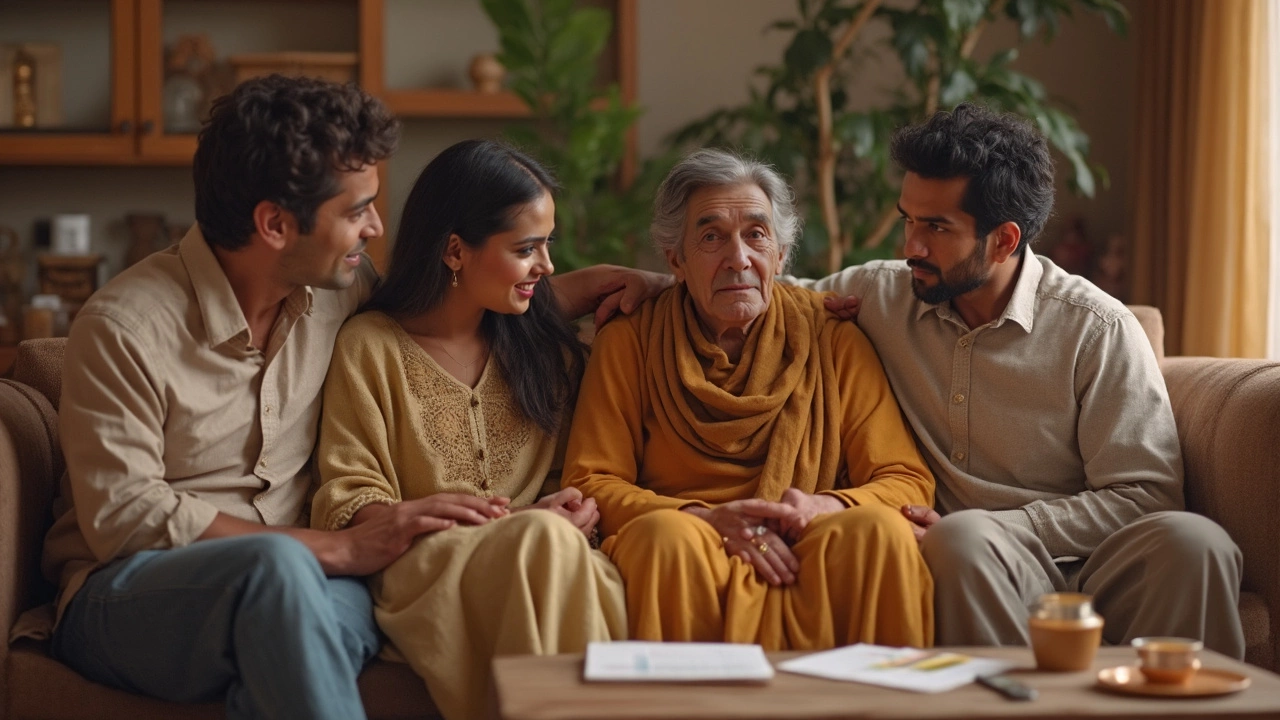Stage 4 Cancer – Facts, Differences and What Comes Next
If you’ve landed on this page, chances are you or someone you care about is dealing with a cancer diagnosis and you’re wondering how bad stage 4 really is. You’re not alone. Millions of Indians face this question every year, and the answers are clearer than the medical jargon often throws at us.
How Stage 4 Differs From Stage 3
Stage 3 cancer means the tumor has grown beyond its original site and may have reached nearby lymph nodes, but it usually hasn’t spread to distant organs. In stage 4, the cancer cells have travelled through the bloodstream or lymph system and formed new tumors far from the original site. That’s why doctors talk about “metastasis” when they mention stage 4.
Because of this spread, stage 4 cancers are harder to remove surgically. Treatment moves from cure‑focused to control‑focused, aiming to shrink tumors, ease symptoms and extend life. In stage 3, surgery followed by chemo or radiotherapy can still offer a chance of complete remission.
What Treatment Options Are Available?
Even at stage 4, there are several pathways:
- Targeted therapy: drugs that attack specific genetic changes in the tumor.
- Immunotherapy: medicines that help your immune system recognize and kill cancer cells.
- Hormone therapy: often used for breast or prostate cancers that rely on hormones.
- Palliative care: focuses on pain relief, nutrition and emotional support.
Most Indian hospitals combine two or more of these approaches. The exact mix depends on the cancer type, how quickly it’s growing and the patient’s overall health.
Now, here’s the practical side: talk to your oncologist about clinical trials. India hosts several international studies that give access to cutting‑edge drugs not yet widely available. Even if a cure isn’t on the table, these trials can slow progression and improve quality of life.
Beyond medication, lifestyle tweaks matter. Staying active (even light walking), eating a balanced diet rich in fruits and vegetables, and getting enough sleep can boost treatment tolerance. Your doctor may also suggest a nutritionist to counteract the weight loss many stage 4 patients experience.
Emotionally, dealing with stage 4 cancer can feel like a roller‑coaster. Join a support group—online forums or local NGOs like Cancer Patients Aid Association (CPAA) connect you with people who truly get it. Sharing fears, tips and small victories can lighten the mental load.
Financially, the cost of long‑term therapy can add up. Look into government schemes such as Ayushman Bharat or state‑run health insurance plans. Many pharma companies also run patient assistance programs for expensive targeted drugs.
In short, stage 4 cancer is serious, but it’s not a dead‑end sentence. Understanding the spread, knowing the treatment toolbox and tapping into medical, emotional and financial resources can make the journey more manageable.
Ready for a deeper dive? Check out our article “Stage 4 vs Stage 3 Cancer: What’s Really Worse?” for a side‑by‑side comparison, survival stats and step‑by‑step advice for patients and families.






